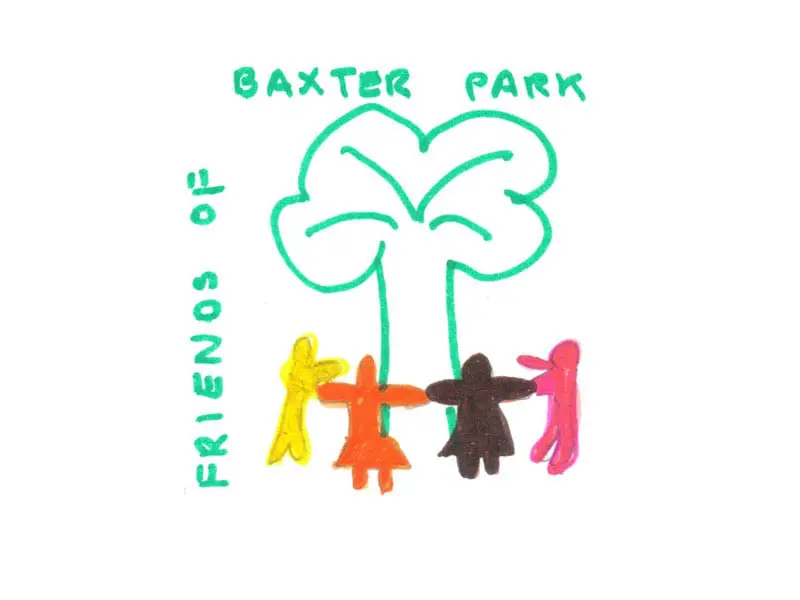In 1861 David Baxter announced that he was going to build a park for the people of Dundee.
David Baxter was a senior partner in a company called Baxter Brothers. They’d manufactured linen and jute since the 1830s at Dens Works and by the 1860s they employed around 5,000 workers. David Baxter, along with his sisters, Eleanor and Mary-Ann, had grown very wealthy from his business and they decided to build a park to improve the health of the local community.
Industrialization in the 19th century had encouraged rapid population growth in Dundee, from 26,000 people in 1801 to over 90,000 in 1861. The town was becoming crowded and unhealthy with people being squeezed into tenements and mills and factories belching smoke. David Baxter wanted to give back to his workers by building the park and give them somewhere where they could walk in the fresh air. He would give them a People’s Park.
A field of 35 acres at the north-east of the town centre was bought from the Craigie Estate, and Sir Joseph Paxton was asked to design and build the Park. Sir Joseph was the best garden and park designer in Britain. In August, the local newspaper reported that ‘a considerable force of workmen had been engaged in the preliminary operations’ and that ‘the design of the layout was very well adapted to the nature of the ground’. The papers explained that ‘the park will be divided into two almost equal portions by a spacious terrace’ with lots of wide paths and free space. The lower half would be split into two sections, making a cricket ground and play ground. The main entrance was at the Arbroath Road, from where paths would wind up and around the park. By early 1862, shrubs and young trees had been planted and paths over 12 feet wide had been built. The paper reported that the paths had been built so there would be no ‘standing pools in rainy weather, and the comfort of visitors in all weathers’ was guaranteed.
The buildings included the Pavilion built by the terrace, which was the centrepiece of the park. It looked Italian and was to provide shelter and refreshment as well as a view across the park and town. Two lodges, built by the main entrances, were to house the Park Superintendent and one of the Park Keepers.
The park took over two years to build, and cost David Baxter and his sisters around £40,000. There were formal rose gardens and flower beds with shaped trees along the terrace. Above the terrace a maze of paths were built around lawns and there were beds of antirrhinum, pinks, stocks and sweet williams mixed with shrubs and trees. At the top of the park, there was an old quarry which was turned into the ‘Dell’ creating a rockery with honeysuckle, ferns and alpine plants, the very top then filled in and flattened to provide a viewpoint over the Park and town. Over 20,000 shrubs and trees were planted including 5,000 elms, maple, sycamore, beech and lime trees. Entrances were built into the partly fenced and partly walled sides of the park and at the top, visitors could ‘enjoy the splendid prospect to the east, south and west’, although the newspaper noted that the ‘view southwest is slightly hid by the curtain of smoke which hangs above the town’.
David Baxter wanted the park to be a gift to the town, but he didn’t want the town to have to pay for its upkeep. So he invested another £10,000 into a trust fund to pay for the park’s maintenance each year. David Baxter’s generosity earned him a knighthood and he became Sir David Baxter of Kilmaron. It also earned him the gratitude of the townspeople. They collected nearly £1000 in three weeks towards a statue of Sir David as a gesture of thanks and started calling the People’s Park, Baxter Park.
Look for other benches with qr codes and listen to more stories about the history of Baxter Park.






Design & Development by mtc